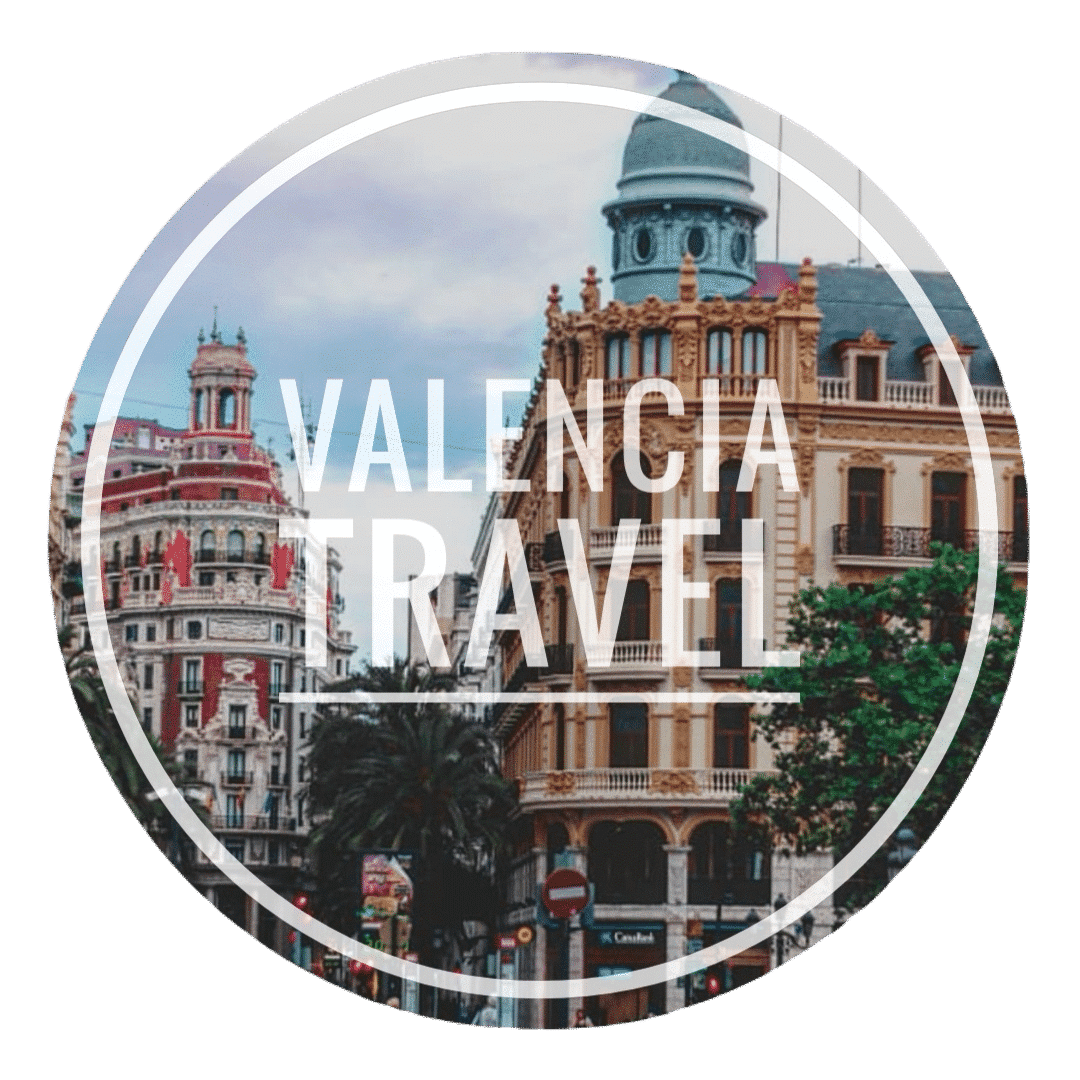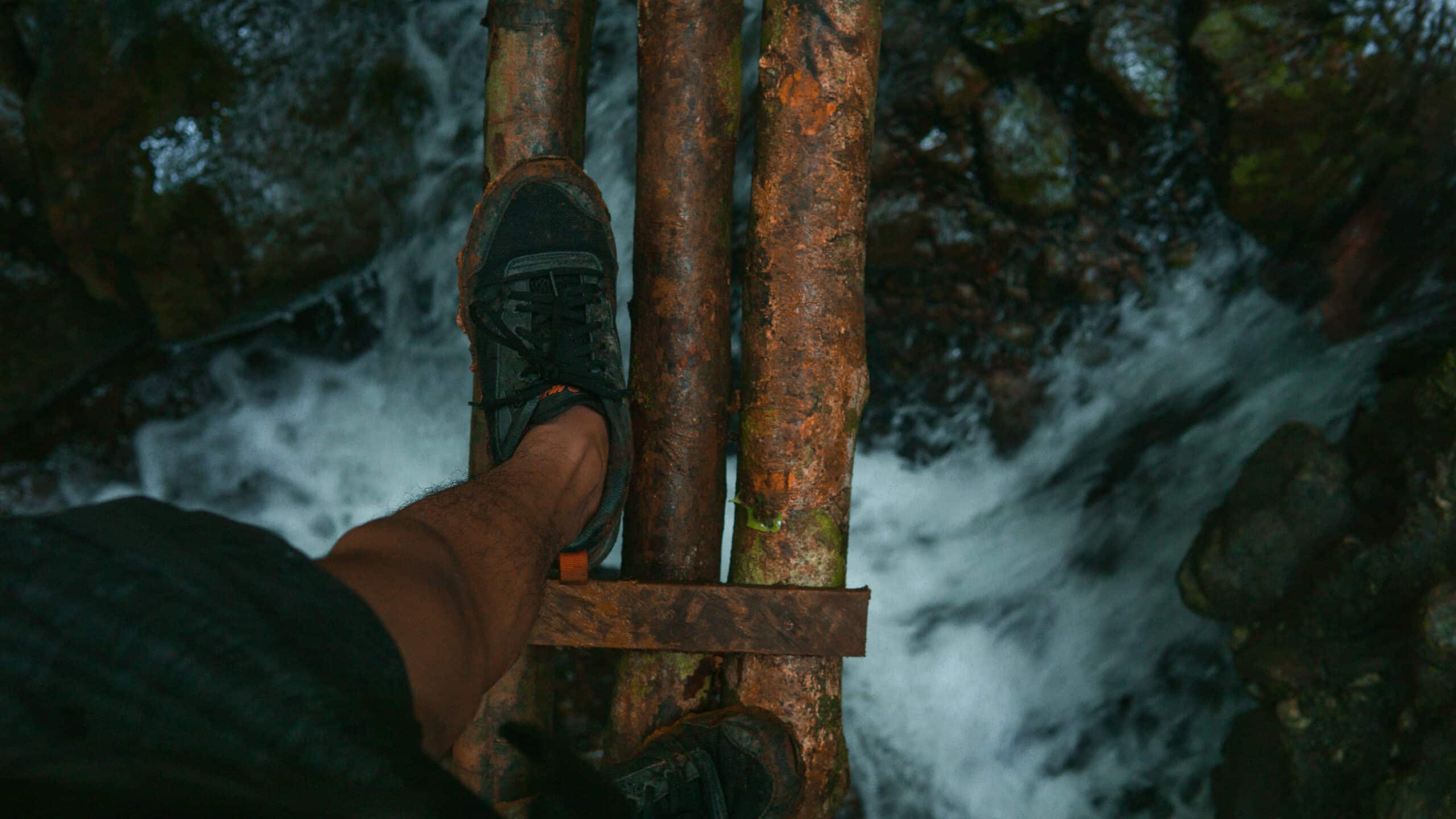Unleash the Secrets of Valencia’s Rich History at Museo de la Almoina!

Valencia is a city that is steeped in history and culture. From its rich Roman past to the Muslim rule and Christian conquest, the city has seen a lot of changes over the centuries. If you are interested in learning more about Valencia’s fascinating history, then the Museo de la Almoina is a must-visit destination. This museum is dedicated to uncovering the secrets of Valencia’s past and showcasing the city’s cultural heritage. In this article, we will take a closer look at what makes the Museo de la Almoina such a special place and what you can expect to see when you visit.
Tracing the Roots of Valencia: A Fascinating Tale of History and Culture
Tracing the Roots of Valencia: A Fascinating Tale of History and Culture is a book that explores the history and culture of Valencia, a city located on the Mediterranean coast of Spain. The book delves into the city’s rich history, from its Roman origins to its role as a major center of trade during the Middle Ages.
Valencia is known for its unique blend of cultures, which is evident in its architecture, cuisine, and traditions. The book explores the various cultural influences that have shaped Valencia over the centuries, including Roman, Arab, and Christian.
One of the most interesting aspects of the book is its exploration of Valencia’s famous Fallas festival, which takes place every March. This festival is a celebration of Valencia’s heritage and culture, and it features elaborate parades, fireworks, and the burning of giant sculptures.
The book also explores Valencia’s renowned food culture, which includes dishes such as paella and horchata. Valencia is known for its fresh seafood, locally grown produce, and unique spices and flavors.
Tracing the Roots of Valencia: A Fascinating Tale of History and Culture is a must-read for anyone interested in learning more about this beautiful and vibrant city. It offers a fascinating glimpse into the history and culture of Valencia, and it is sure to leave readers with a greater appreciation for this unique and wonderful place.
Valencia is a city that continues to evolve and grow, and it is clear that its rich history and culture will continue to play an important role in its future.
What other cultural influences have shaped Valencia over the years? What other festivals and traditions does the city have to offer? These are just a few of the questions that readers of this book are sure to explore and discover.
Exploring Valencia’s Ancient Past: Uncovering the Roman Legacy of the City
Valencia is a city with a rich history, and one of its most fascinating chapters is its Roman legacy. Exploring Valencia’s Ancient Past means taking a journey back in time to a period when the city was known as Valentia Edetanorum, an important center of commerce and culture.
The Roman influence can be seen throughout Valencia, from the impressive architecture of the Torres de Serranos and the Llotja de la Seda, to the ancient roads that still exist in the city center. One of the most iconic Roman landmarks in Valencia is the Almoina Archaeological Center, which houses a fascinating collection of artifacts from the Roman era.
During your visit to Valencia, you can also explore the Valencia Forum, a complex of buildings designed by renowned architect Santiago Calatrava, which is built on the site of a Roman necropolis. The Forum includes a museum that showcases the Roman history of Valencia, as well as temporary exhibitions and cultural events.
Another must-visit site for history buffs is the Plaza de la Virgen, which was once the site of the Roman forum. Today, the plaza is a popular gathering spot for locals and visitors alike, and it offers stunning views of the Cathedral of Valencia, which was built on the site of a former Roman temple.
Exploring Valencia’s ancient past is a fascinating way to learn more about the city’s rich history and cultural heritage. Whether you’re a history buff or simply curious about the past, Valencia’s Roman legacy is sure to captivate your imagination.
As we explore Valencia’s Roman legacy, we are reminded of the enduring impact of ancient civilizations on modern culture. From language and art to politics and philosophy, the legacy of Rome can be seen in countless aspects of our lives today. Valencia’s ancient past is a testament to the resilience of human civilization, and a reminder of the importance of preserving and celebrating our shared cultural heritage.
The Rich and Diverse Arab Legacy in Valencia’s Cultural and Architectural Heritage
Valencia is a city in Spain that has been greatly influenced by Arab culture and architecture. The Muslims ruled Valencia for over 500 years, from the 8th century until the 13th century, leaving a rich and diverse legacy that can still be seen today.
One of the most prominent examples of this legacy is the Almudín, a building that was originally a warehouse for grain but was later used as a silk market.

Its architecture features Mudéjar style elements, which are a characteristic blend of Islamic and Christian design.
The Towers of Serranos and Quart are also noteworthy examples of Arab influence in Valencia’s architecture. These towers were originally part of the city’s defensive walls, and their design is reminiscent of the Almohad style that was popular during the Muslim rule.
In addition to its architectural heritage, Valencia also has a rich cultural legacy from the Arab period. The Valencian language has many words borrowed from Arabic, such as the word “xarxa” for “network”.
Another important aspect of Valencia’s Arab legacy is its cuisine. Many of the traditional dishes in Valencia, such as paella and horchata, have Arab roots and were originally introduced by the Moors.
Overall, Valencia’s Arab legacy is a testament to the rich and diverse history of the city. It is a reminder of the influence that different cultures can have on each other and how this can create something new and unique.
As we continue to explore and appreciate the cultural heritage left by previous generations, we are reminded of the importance of preserving and protecting these legacies for future generations to enjoy and learn from.
Exploring the Magnificence of Valencia’s Gothic Period: A Glimpse into the Golden Age
Valencia’s Gothic period is one of the most fascinating and enchanting periods in the city’s history. A golden age of art, architecture, and culture, this era left behind a rich legacy that continues to inspire and captivate visitors to this day.
Exploring the magnificence of Valencia’s Gothic period is like taking a journey back in time. From the towering cathedrals and churches to the intricate palaces and buildings, every corner of the city is steeped in history and beauty.
One of the most impressive landmarks of this period is the Valencia Cathedral, which features a stunning mix of Gothic, Baroque, and Romanesque styles. Visitors can admire the intricate carvings, stained-glass windows, and ornate altarpieces that adorn the interior of this magnificent building.
Another must-see attraction is the Silk Exchange, a UNESCO World Heritage Site that showcases the wealth and influence of Valencia’s medieval merchants. The building’s stunning facade and interior are adorned with intricate carvings and frescoes that depict scenes from everyday life in the city.
For those who want to delve deeper into the history of the Gothic period, a visit to the Museum of Fine Arts is a must. This museum houses an impressive collection of Gothic art, including paintings, sculptures, and decorative objects that date back to the 14th and 15th centuries.
Exploring the magnificence of Valencia’s Gothic period is a truly unforgettable experience. Whether you’re a history buff, an art lover, or simply a curious traveler, this era of the city’s history is sure to leave you spellbound.
So why not plan a trip to Valencia and discover the beauty and grandeur of this fascinating Gothic period for yourself?
Who knows what other hidden treasures you might uncover along the way…
Discovering Valencia’s Rich History: A Tour of the Archaeological Museum’s Hidden Gems
Valencia is a city with a rich cultural heritage and history. To discover more about this fascinating past, a visit to the Archaeological Museum is a must. The museum houses an array of hidden gems that showcase the city’s history from prehistoric times to the Islamic period and beyond.
One of the highlights of the museum is the Iberian collection, which features beautiful ceramics and sculptures from the Iberian Peninsula. The Roman collection is also impressive, with fascinating relics from the era such as mosaics, glassware, and coins. In addition, the museum boasts a stunning Islamic collection, with intricate calligraphy, ceramics, and textiles from the period.
But the museum’s treasures don’t stop there. There are also exhibits dedicated to Valencia’s medieval and modern history, including a display of Gothic art and a room dedicated to the Valencian painter Joaquín Sorolla. The museum’s collection is extensive and varied, providing visitors with a comprehensive understanding of Valencia’s past.
Overall, a tour of the Archaeological Museum is a fascinating journey through Valencia’s history, showcasing the city’s diverse cultural influences over the centuries. It’s a must-visit for anyone interested in learning more about this beautiful city’s past.
What do you think is the most interesting period of Valencia’s history? Have you visited the Archaeological Museum before?
¡Esperamos que hayas disfrutado de este recorrido por el Museo de la Almoina y la rica historia de Valencia! No te pierdas la oportunidad de visitar este fascinante lugar y descubrir más sobre la cultura y el patrimonio de esta hermosa ciudad.
Hasta la próxima, ¡nos vemos en el próximo artículo!